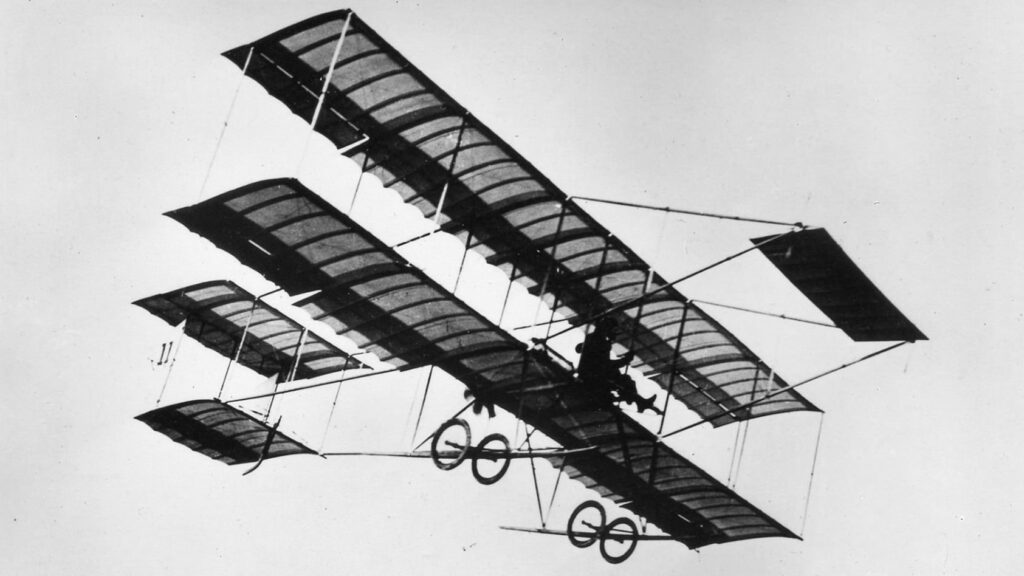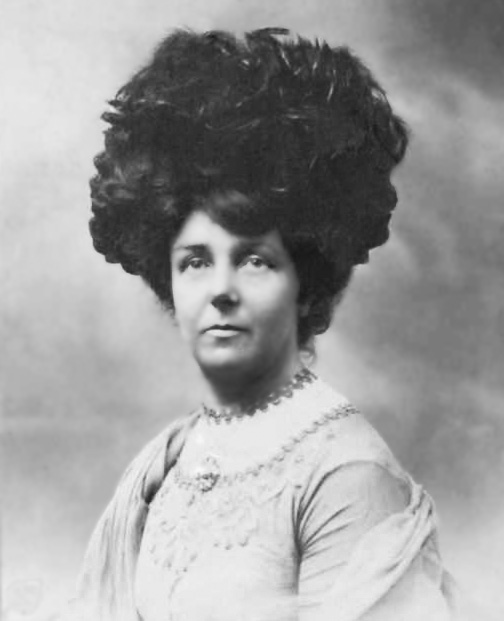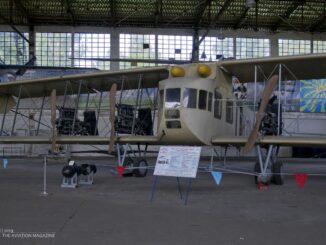 On 17th February 1864, in Vauxhall (London), Hilda Beatrice Hewlett, the British aviation pioneer and entrepreneur, was born. Hilda´s father, G. W. Herbert, was a vicar of Church of England and she had eight siblings.
On 17th February 1864, in Vauxhall (London), Hilda Beatrice Hewlett, the British aviation pioneer and entrepreneur, was born. Hilda´s father, G. W. Herbert, was a vicar of Church of England and she had eight siblings.
At her young age, Hilda Hewlett attended the National Art Training School where she began to work with wood, metal and canvas. Her works were sufficiently good for exhibitions. In 1888, Hilda married a barrister and writer, Maurice Henry Hewlett.
Shortly after, Hilda Hewlett discovered her passion for motor vehicles. When the family purchased a car, she not only learned how to drive but reportedly, and already in 1905, was repeatedly fined for speeding. Next year, she became a mechanic and passenger for Muriel Hind, the British pioneering motorcyclist and at that time the only female driver in motorsport. In addition, Hewlett was also a passionate bicyclist.
In 1909, Hilda Hewlett attended her first aviation meeting held in Blackpool, on the north-western coast of England. That was the very moment she decided to focus on aviation. Later that year, Hewlett nicknamed herself the ´Grace Bird´ and went to France to learn how to fly.
In France, she met Gustav Blondeau, an early pilot and aviation engineer. They decided to become business partners and in 1910, Hewlett and Blondeau established the first flying school in the United Kingdom, located at Brooklands racing circuit. The school was operating with a Farman III biplane, nicknamed the ´Blue Bird´ and brought to England by Hilda Hewlett after her training in France.
Parallelly with the flying school, Hewlett and Blondeau began with aircraft manufacturing. They acquired licence for building Farman, Avro, Caudron and Hanriot aeroplanes and soon were able to offer ten different types of aircraft.
On 29th August 1911, Hewlett received the British pilot´s certificate No. 122, therefore becoming the first woman in the United Kingdom to be officially recognized as a pilot. Her flying school was very successful and many well-known aviators completed their first course at Brooklands. It included Thomas Sopwith, later famous of his aircraft manufacturing company and iconic fighters of the Great War, as well as Francis Hewlett, son of Hilda and well-recognized combat pilot of the World War I. An interesting fact is that Francis Hewlett was most probably the first military pilot to be learned how to fly by his mother.

Apart from her business activities, Hilda Hewlett flew her Farman at English air shows and participated in aviation competitions.
Regrettably, Hewlett´s passion for aviation met with lack of understanding from her husband. Maurice Hewlett repeatedly commented that woman would never be a good pilot. Eventually, the couple separated in 1914.
At the outbreak of the Great War, the Hewlett and Blondeau Limited moved to a new seat in Berdfordshire and focused on manufacturing military aircraft. At tits point, the factory employed approximately 700 people and, since its establishment, made more than 800 aeroplanes.
After the war, Hewlett´s company suffered the crisis related to immediate cut of government orders. Hilda Hewlett decided to sell her aviation enterprise and leave the United Kingdom. As she pointed out, it was an escape ´from the three Cs, crowds, convention, and civilization´.
The ´Old Bird´, as Hewlett´s family nicknamed her, found her tranquil haven in Tauranga, New Zealand. In 1932, she became the first president of the Tauranga Aero and Gliding Club.
Hilda Beatrice Hewlett died on 21st August 1943 and was buried at the sea.
The legacy of the first British aviatrix is still alive. A road in Luton, England, was named Hewlett Road, as well as another road in Tauranga, named after Hilda and Maurice Hewlett. In 2022, the Royal Air Force opened Hilda B. Hewlett Centre for Innovation, specialized in 3D printing and scanning.
Gail Hewlett, wife of Hilda´s grandson, carried out detailed research on biography of Hilda and Maurice. Her works were included in a book that was published in 2010.
Follow us on Telegram and Twitter
Cover photo: Farman III in flight, Wikipedia, public domain



